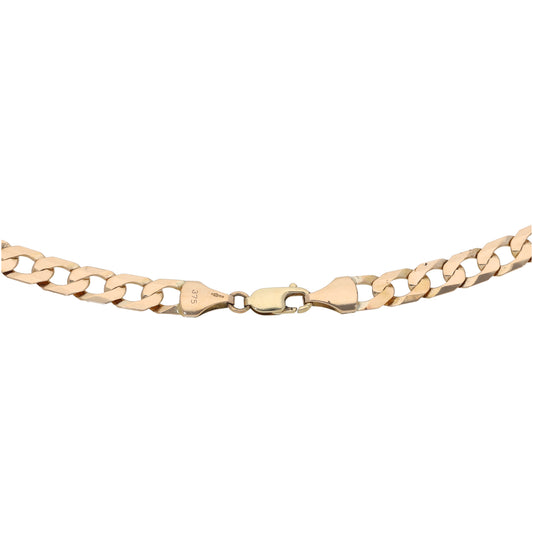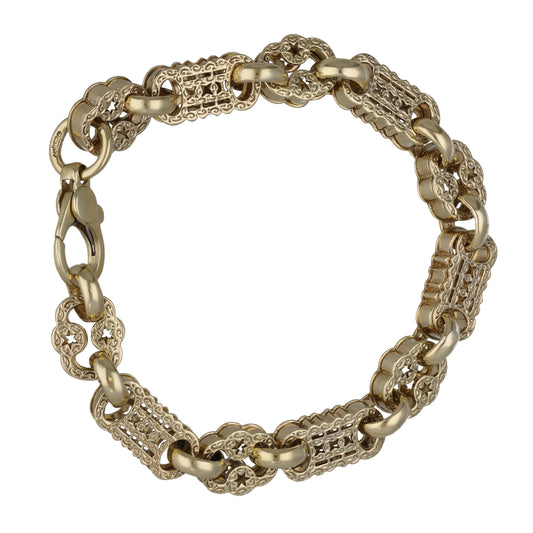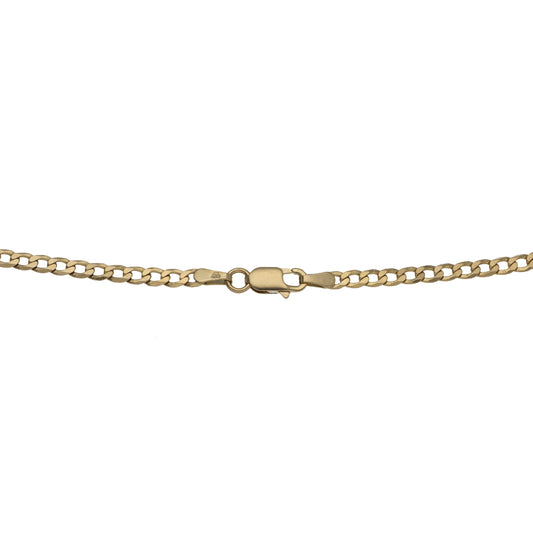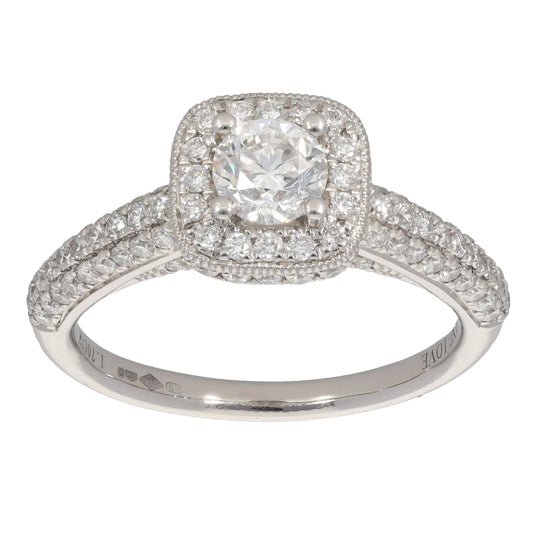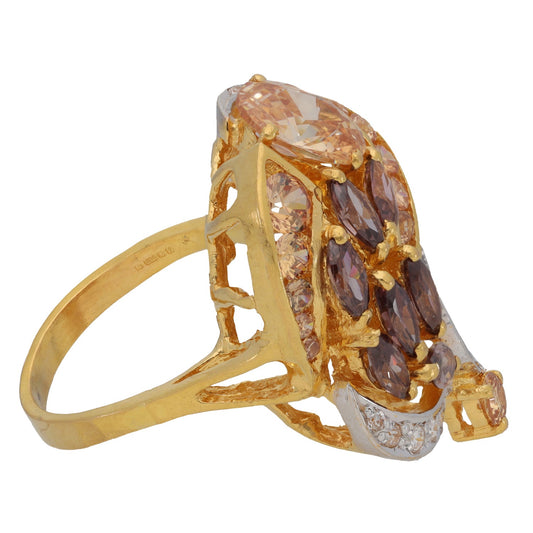1. Grow your own herbs

Herbs are some of the easiest and most rewarding plants you can grow indoors. You can pick up seeds or plants for less than a pound at most supermarkets, so they'll soon pay for themselves.
You'll want to grow in a spot that receives at least six hours of sunlight a day — a south-facing windowsill is ideal.
Good drainage is also essential, so make sure to choose a pot with drainage holes and use a saucer to catch any leakage. If you're feeling creative or want to save some money, there are lots of ways to make your own planters. For example, you could try drilling holes into washed-out tin cans.
Most herb species are suitable for growing indoors, so you might want to pick based on what you enjoy cooking. Basil and oregano are ideal if you love Italian food. Or perhaps you just want to grow herbs that look and smell amazing? Rosemary is a fragrant and beautiful herb — you can even cut off sprigs to use as air fresheners around the home.
You can find even more information about growing herbs on the BBC Gardeners' World website.
2. Make the most of any outdoor space

You can grow something beautiful in almost any outdoor space, even if it's just a flowerpot on a windowsill or a hanging basket outside your door.
Firstly, you'll need to evaluate the growing conditions. How much space is available? Does the spot get plenty of sun, or is it shaded? If you're planting in the ground, what kind of soil do you have? What is suitable for planting this season?
Once you've narrowed down your search to plants that can grow, you can start to think about what you want to grow.
Wildflowers are a great option if you want to really reconnect with nature and do your bit for the environment, as they will provide much-needed food for bees and other pollinators. They are also, by their very nature, easy to grow. Just Bee is currently offering free seeds to help save the bees.
Before you buy any seeds or plants, make sure to look at the care instructions to determine what you can expect and how much maintenance is necessary. For instant impact, bedding plug plants like pansies and begonias are a great and versatile option, but they will only last a season.
NOTE: If you have a pet, it's important to make sure that any plants they could encounter won't cause them harm. The Dogs Trust has a list of plants that are poisonous to dogs (PDF) and Cats Protection has a similar resource for felines.
3. Choose some houseplants

As well as looking beautiful in your home, houseplants can improve your wellbeing. Research has demonstrated benefits to both mental and physical health, with some studies suggesting that they can help alleviate stress, improve indoor air quality, and even reduce fatigue (RHS).
You can buy all kinds of houseplants online, at gardening centres, or even in supermarkets. With species of all shapes and sizes suitable for a variety of lit areas, you can find something for any space. Here are some of our top picks:
• Spider plant: This cat- and dog-friendly species is easy to care for and able to grow in various light conditions. With long, trailing leaves, it's a great option for hanging planters inside the home — just make sure to plant in two pots: the inner with drainage holes, the second without, and a layer of small stones in-between. Crafty folk can create their own hangers using macramé, crochet, and all kinds of other techniques.
• Peace lily: The peace lily has been associated with various health benefits. While its foliage looks stunning alone, it has the potential to grow beautiful white spathes, especially when placed in high-light areas. It’s similar in appearance to anthurium, which can have white, orange, red, or pink flowers.
• Snake plant: Also known as 'mother-in-law's tongue', this plant has stiff, pointed variegated leaves. Its height means it looks great displayed on a tabletop. This species is known for being virtually indestructible, so it's a great choice if you've had difficulty keeping houseplants alive in the past.
• Money plant: This cat- and dog-friendly succulent, also known as jade plant, has rubbery rounded leaves and is renowned for its longevity. Native to South Africa, it prefers hot and sunny spots but can thrive in all kinds of conditions. It's also drought-resistant, so you won't need to water it much.
• Fern: These humidity-loving plants are ideal for shady spots in steamy bathrooms and are non-toxic to dogs and cats. Just make sure to use a pot with drainage holes and stand on small pebbles so that the roots don't get waterlogged — this can double up as an attractive design feature. If you have the space, try displaying a few different sizes side-by-side on a table or stool.
4. Display cut flowers

Cut flowers of course don't have the same longevity as garden plants or houseplants, but they are great for introducing a variety of nature's colours, shapes, and fragrances into your home.
There are a few tricks to maximising value for money:
• Choose the right types: If you're shopping in a supermarket or similar, the packaging should give you an indication of the flowers' lifespan. Otherwise, speak to the florist or do a little research. Chrysanthemums and carnations are relatively inexpensive and can last for around three weeks when cared for properly.
• Buy as fresh as possible: If there's a 'display until' date on the packaging, this should help you choose the freshest bunch, but it's also worth giving them a quick check. Fresher flowers will usually have brighter colours and perkier petals. You might even be able to get budded flowers that are yet to bloom.
• Put them in water ASAP: You'll want to minimise the amount of time your flowers are out of water so, once you've bought them, you should try to head home and display them quickly. Make sure to trim the stems by at least an inch and at an angle. Follow any care instructions that come with them, particularly when it comes to feed. Generally, it's best to replace the water in the vase every two or three days.
• Don't throw them away too soon: Rather than throwing away an entire bunch of flowers because of a few brown leaves or droopy heads, do a little bit of pruning and keep what you can, perhaps transferring to a smaller vase to maintain impact. This is particularly worthwhile when you have a bunch with different varieties, as some will probably fare better than others.
We hope these tips help you to enjoy more floral beauty at home, wherever you live and whatever your budget.






